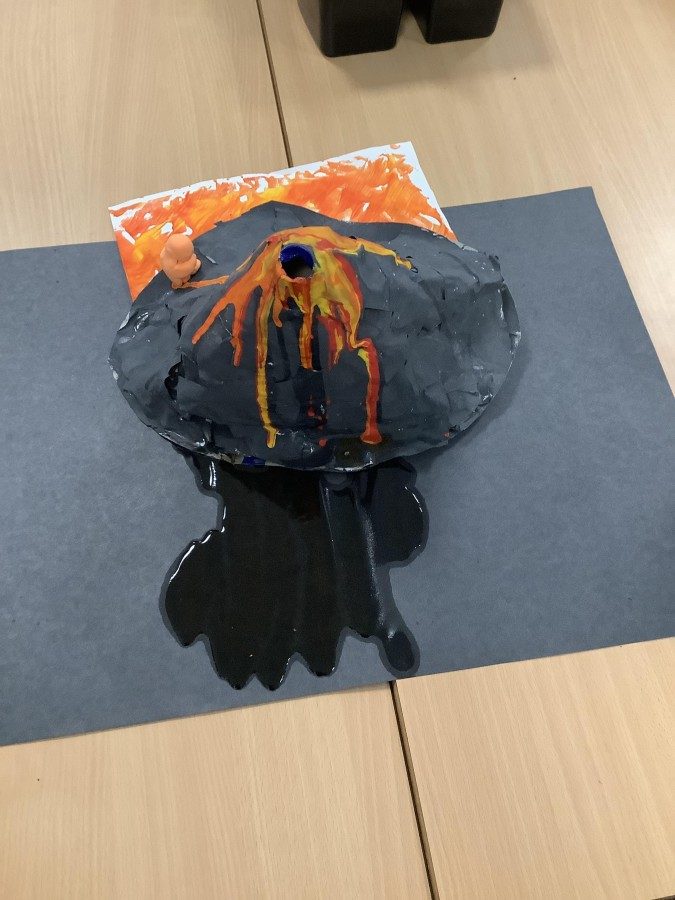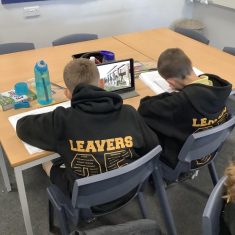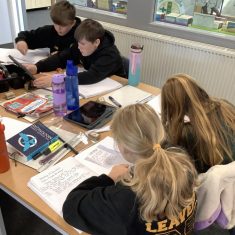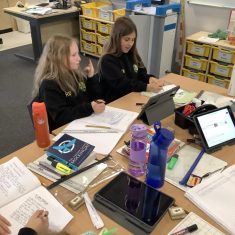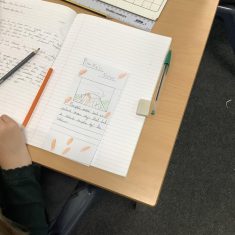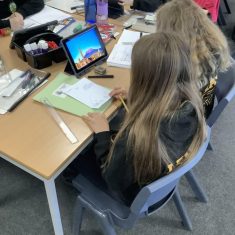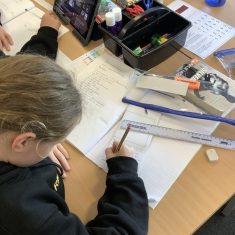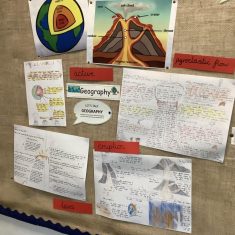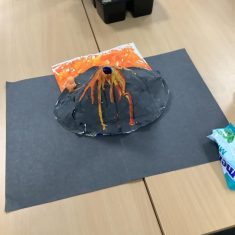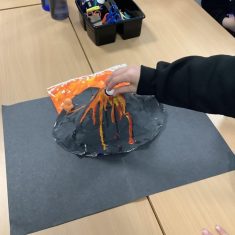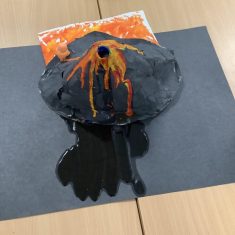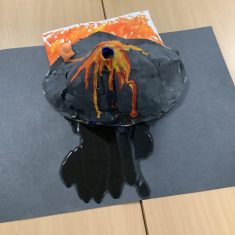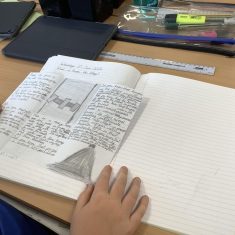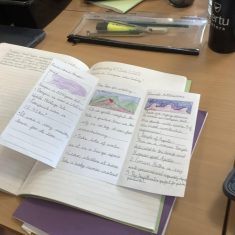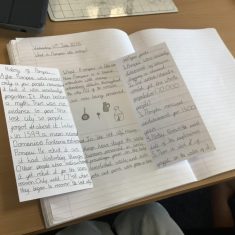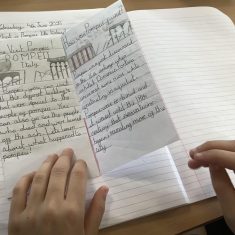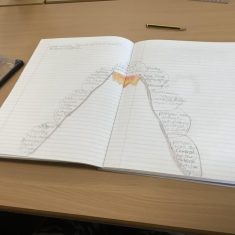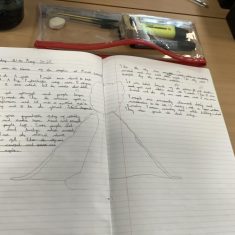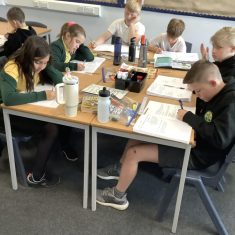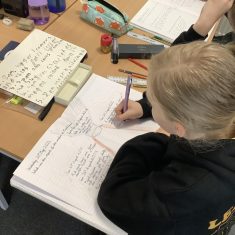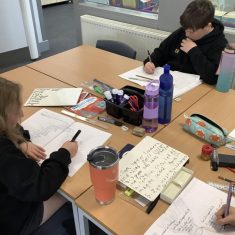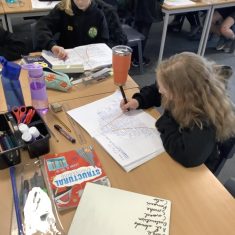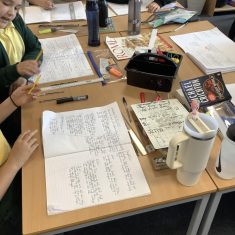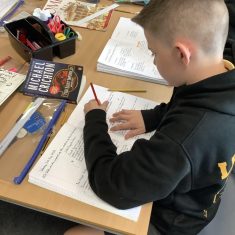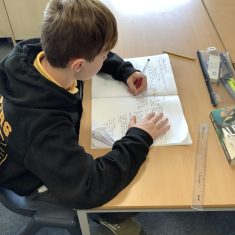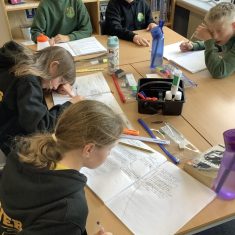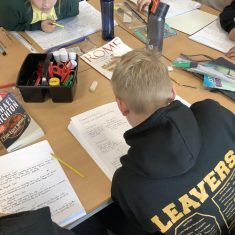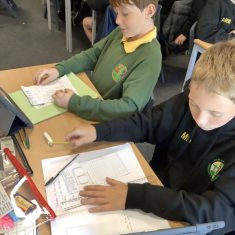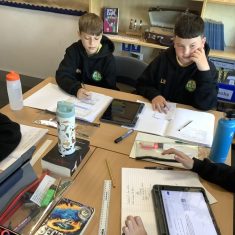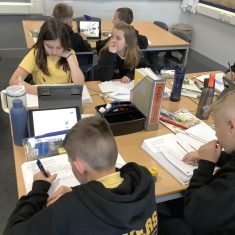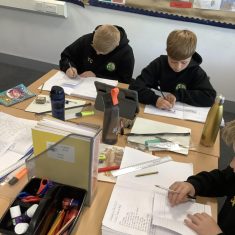Over the summer term, Year Six have been studying volcanoes as part of their Geography topic.
In the first lesson, the children learned about why volcanoes erupt. It was very interesting to learn about the theory of ‘plate tectonics’ which means the plates which make up the Earth (a bit like a jigsaw) are moving in different directions and at different speeds. Sometimes they collide or brush past each other and cause these earthquakes and volcanic eruptions. Secondly, children learned the different parts of a volcano and some made their own diagrams (and even their own exploding volcano models!) to show how the eruption happens. Children then had fun locating volcanoes in the world such as Mount St Helen’s in the USA and Mount Fuji in Japan. They focused on Mount Vesuvius in Italy and, in subsequent lessons, began a study of Pompeii and what happened when Vesuvius erupted on 24th August AD 79. It was fascinating to discover that the whole city of Pompeii had been covered in ash and volcanic debris and buried for hundreds of years and was then excavated and is now a historical site that is very popular with tourists today.
